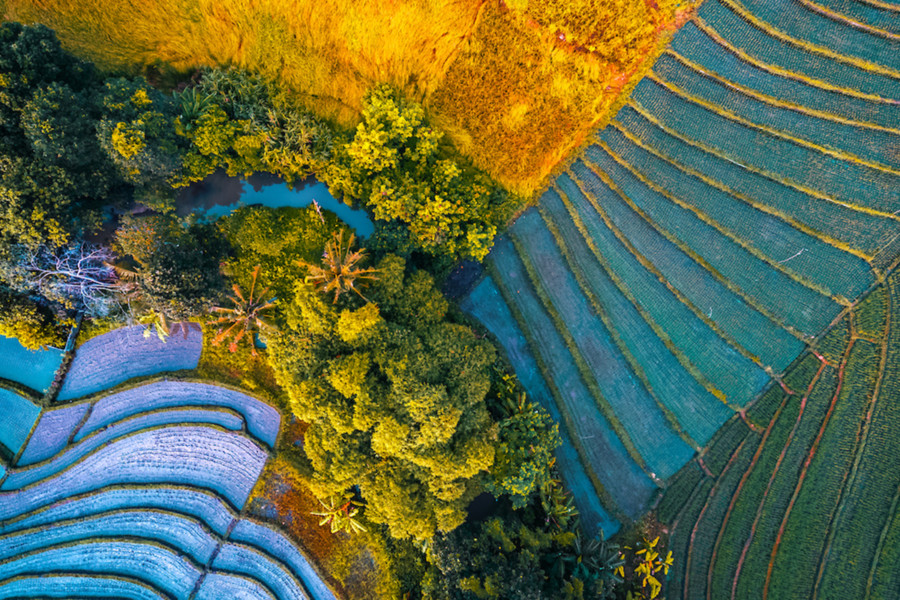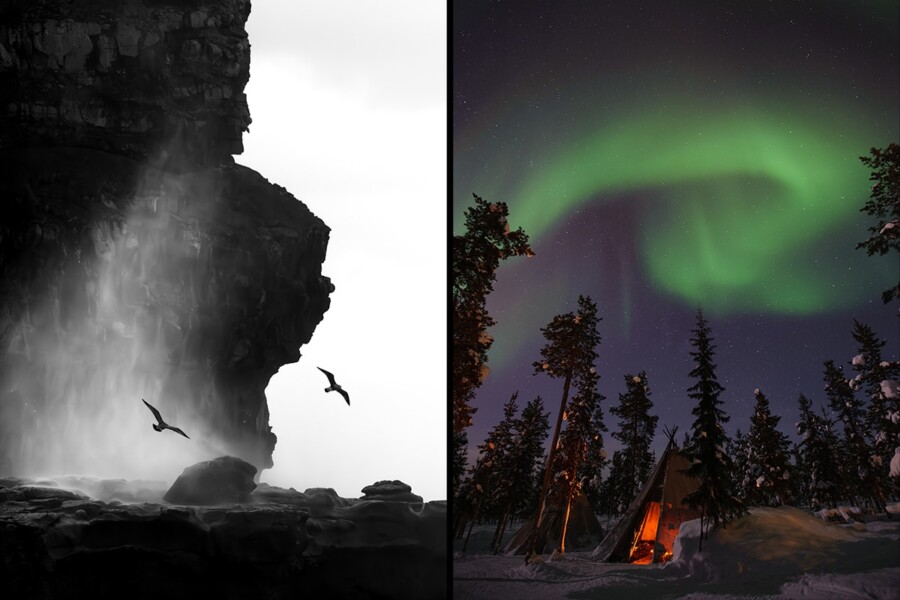Share
Learn from the Pros: Valuable Tips and Takeaways from our 2022 Webinars
Throughout the year, we’ve been proud to partner with some incredible creatives—photographers, mentors and industry experts—for a series of i...

Throughout the year, we’ve been proud to partner with some incredible creatives—photographers, mentors and industry experts—for a series of informative webinars on a range of topics from business and marketing, to storytelling in sports photography, live portfolio reviews and more.
As 2022 comes to a close, we want to share some of the key tips and takeaways from these virtual discussions, and highlight the valuable insights that our guest speakers continue to offer our curious and passionate photo community.
Whether you were able to join us live or are just discovering our webinars now, get inspired and use these takeaways to motivate you to push forward into 2023 and beyond.
Calculating Your Cost of Doing Business
Have you heard about NPPA’s Cost of Doing Business Calculator? It’s designed to help freelance photographers and photojournalists accurately calculate and track their business expenses.
At the beginning of the year, Greg Smith, a current member of ASMP Colorado and a former national board member of NPPA, joined us to share his breadth of knowledge about the business of photography and all of the costs associated with running your own freelance business.
One of the highlights from his presentation was his overview of this tool we’ve come to love over the years. Using this calculator can provide a number of benefits, including:
- The ability to easily track and monitor business expenses, empowering photographers to better manage their finances and ensure they’re charging appropriate rates for their services.
- A better understanding of the costs associated with running a photography business, which can help photographers set realistic rates and budgets and make informed decisions about their future.
Storytelling in Sports Photography: Document Action and Emotion Like a Pro
The sports photography community is one of the most talented, passionate and supportive groups of creatives we know. Jean Fruth is a living legend in the industry and we’ll take every chance we can get to hear her words of wisdom and learn from her years of experience.
In this webinar highlight, Jean describes how sports photography is often so much more than documenting action and freezing an exciting moment as it unfolds. Storytelling plays a major role in how fans and followers connect with the sports culture, as well as the athletes, teams and leagues on a local level or a global scale. The latest photo gear and new technology make it a simple and seamless process too.
“Good pictures don’t need captions, they tell the story.”
Jean Fruth
Abbie Parr, Staff Photographer for the Associated Press, spoke with us about the benefits of networking with fellow sports photographers and getting to know the community.
One of the biggest takeaways from our discussion with Abbie: embrace the opportunity to shake hands and ask questions. Knowledge sharing can lead to new job opportunities and helps develop a sense of community and support within the industry.
Building a network of contacts provides endless learning opportunities for sports photographers looking to discuss the latest trends and techniques. It also establishes and helps maintain professional relationships, which are often crucial for building a successful career in such a competitive field.
Fostering Community on Social Media: How Photographers Find Their Way
This year we hosted our first-ever live discussion on Twitter Spaces! It’s not your traditional webinar, but that doesn’t disqualify this special conversation from highlights..
Polly Irungu, Photo Editor for Vice President Kamala Harris and the founder of Black Women Photographers, joined us to talk about finding and building community on social media. For photographers, this can be both a challenging and rewarding experience.
However, one part of the discussion that stuck out to us was taking time away from social media, and carving out time to disconnect amidst the flurry of notifications and habitual doom-scrolling.
Taking time off from social media can help reduce distractions and improve focus, allowing photographers to better concentrate on their creative work. It also helps to limit the comparison and competition with other photographers and creatives, which can be a major source of stress, anxiety and breed imposter syndrome.
Polly chimed in here and left us with this gem:
“Spoiler alert: these apps will still be there… You can log off, you can delete the app, you can do whatever you need to do to create that separation and to understand what your boundaries are… You can still care offline, y’all.”
Brayden Williams, Indiana-based Photographer/Videographer for the Purdue for Life Foundation, also joined us on Twitter Spaces, and shared his advice for making the most impact on social media.
His approach is very community-oriented, as he often shares creative prompts for photographers and then retweets all of their work for the world to see. Check out his feed for daily Twitter threads and learn about his process:
“Being as broad and as simple with your words as possible can go a long way. Then you can gain people from other cultures, other religions, other groups in general where they don’t speak the same language as you – so when it translates, it translates better so they can understand… I tried to create such a simple, easy to read format where I’m saying, ‘Share your work and I’ll retweet it.’”
Live Portfolio Review: Why the Best Portfolios Are More Than a Collection of Photos
In this (previously) live portfolio review with Chris Parkes, award-winning visual storyteller and PhotoShelter mentor, he spent the hour walking through a handful of photo submissions and talking about the importance of these objective critiques.
In the highlight below, he outlines what makes one of the images successful and offers insights into how to improve a portrait through proper posing, composition, lighting and the use of your surroundings.
How PhotoShelter and Photo Mechanic Team Up to Streamline Your Workflow
If you’re a photographer and you don’t know about Photo Mechanic, get ready to transform the way you work! We sat down with Mick Orlosky, Director of Marketing at Camera Bits, to learn more about this powerhouse application built for photo editing, image browsing and so much more.
One of the key features of Photo Mechanic is its Code Replacements tool, which allows photographers to quickly and easily add custom metadata tags to their photos. This helps photographers streamline their workflow and organize their photos based on specific tags.
For example, a photographer could use Code Replacements to caption their photos with the date, location, or specific subject matter, making it easier to search for and organize their photos later on.
Quickly adding captions and metadata with Code Replacements also makes it easier for others to find your photos, which is especially useful for those who work on a larger team or collaborate with others on projects.
Carl Jones II, freelance photographer and PhotoShelter member, is a big fan of Photo Mechanic too. In this same session, he walked us through his personal workflow taking images from Photo Mechanic into PhotoShelter and how he uses these tools to collaborate with clients.
In a few simple steps, Carl is able to organize and upload photos into a PhotoShelter gallery, send them out via Client Proofing, then add keywords in Photo Mechanic and get to the final editing process before delivering his work.
We’re looking forward to sitting down with more creatives and learning from passionate experts in the year ahead. What kind of webinars and live discussions would you like to see in 2023? Leave us a comment below or tag us on Twitter (@photoshelter) and let us know!
If you want to watch any of the full webinars listed above (plus many more), check out our webinar hub.



